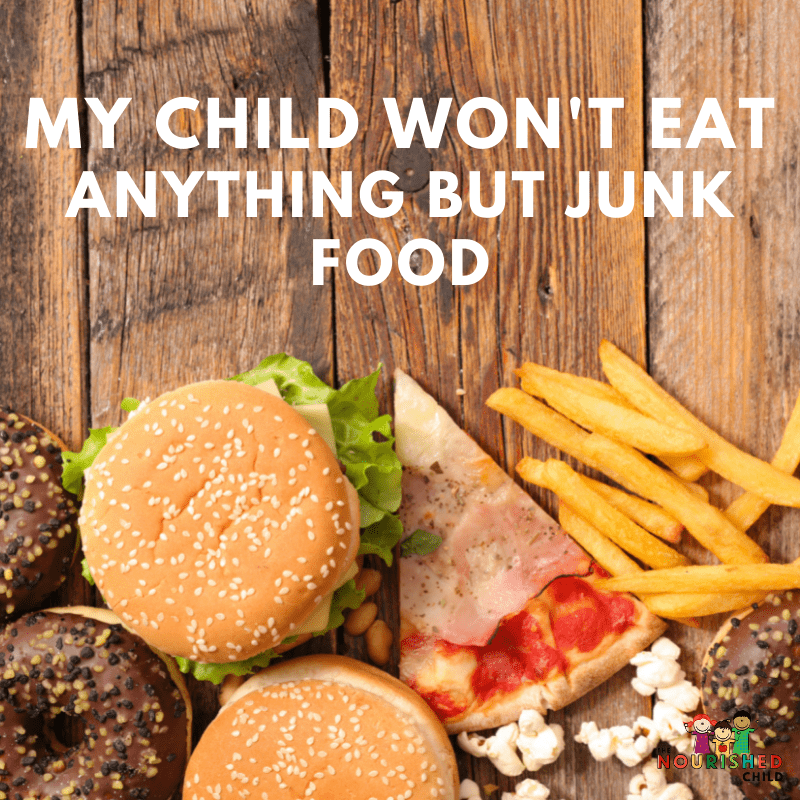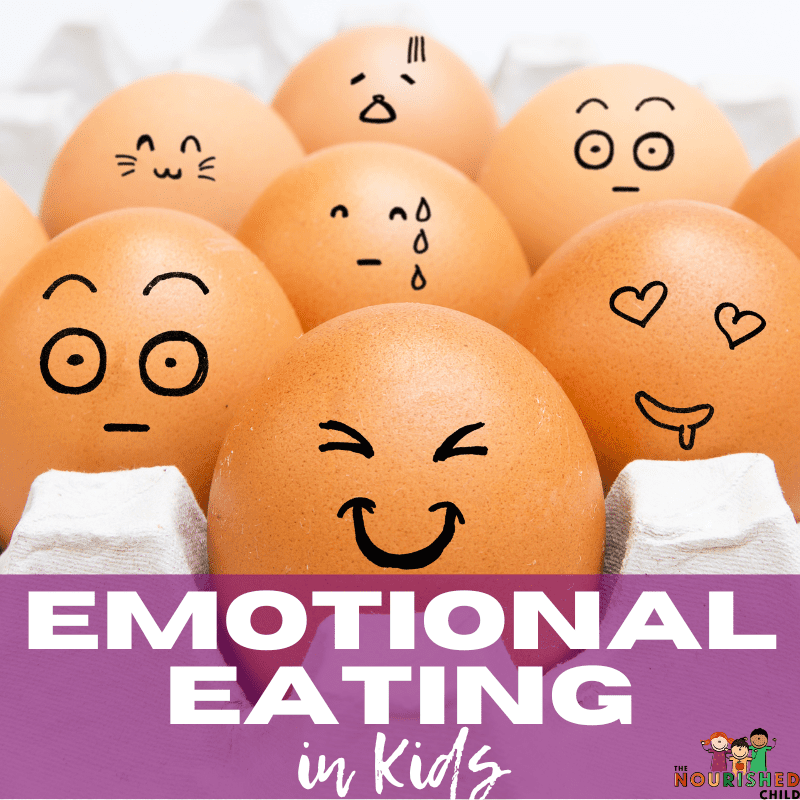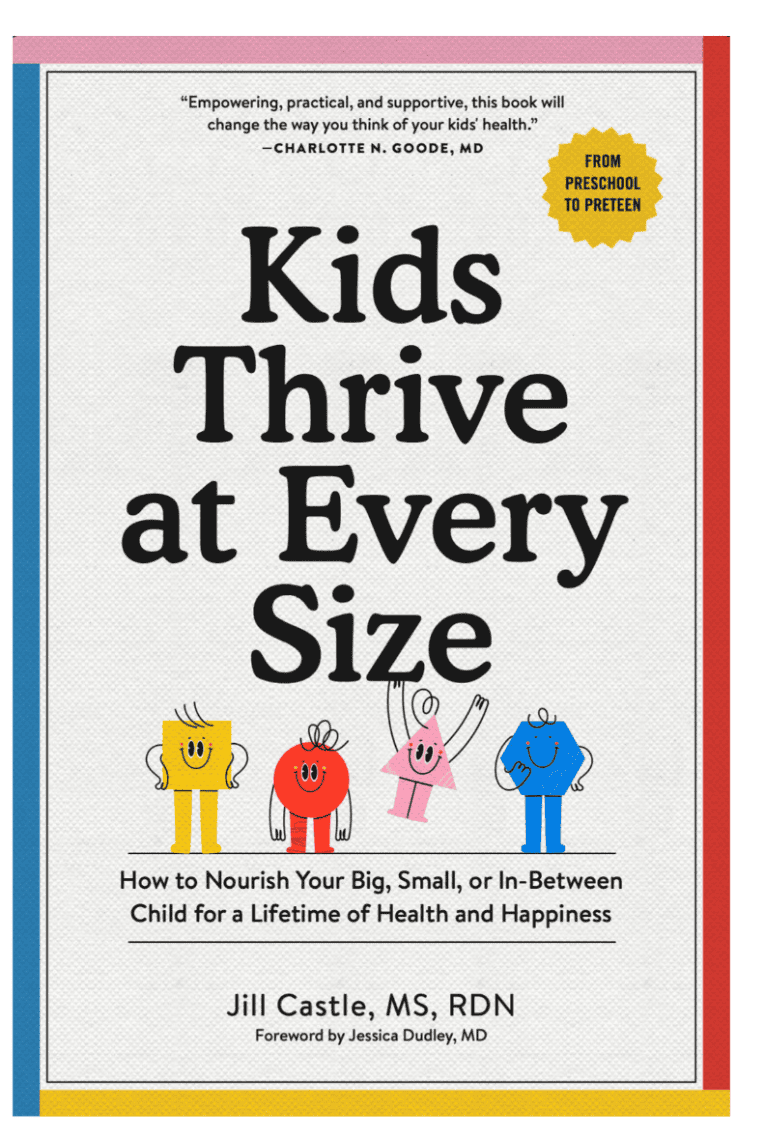Expert Tips for Kids Who Won’t Eat Anything But Junk Food
October 2, 2024
I hear this complaint all the time! Don’t worry – if your child refuses to eat anything but junk food, it’s not too late to establish healthy eating habits.
If you’re dealing with picky eating in children, it can be hard to know what’s normal and what actually helps. When a child refuses foods, eats only a short list of favorites, or pushes back at mealtimes, it’s easy to feel worried or frustrated.
I take a calm, whole-child approach to picky eating that focuses on trust, structure, and long-term wellbeing — not pressure or power struggles. If you’d like a complete overview, start with my guide to picky eating in children.
Approximately 93% of children eat packaged food, according to a survey of 13,274 children between the ages of 9–14 years. Much of these foods are eaten at snack times.
Children get plenty of calories from unhealthy food, including high-fat and sugary foods and drinks, and often, it’s more calories than a child needs.
When a child fills their tummy with nutrient-poor, ultra-processed food, they may miss out on the vitamins and minerals from important food groups: fruits, vegetables, grains, protein foods, and dairy.
You want your child to make better choices, so how do you help your child navigate a food environment overflowing with ultra-processed food like potato chips?
As a pediatric registered dietitian and mom of four, I’ve got some expert tips to encourage nutritious foods even if your child is won’t eat anything that doesn’t come out of a package.

Why Is Junk Food So Enticing to Kids?
You put a fruit bowl on the table, pack a school snack with a cheese stick and crackers, and they come home every day. You and your picky eater are in power struggles every day over food. They still want their favorite food – less-than-healthy snacks and you want them to eat different foods.
What’s going on? It all comes down to availability, convenience, and the taste of ultra-processed packaged foods.
Taste
Salty, sugary, and fatty foods appeal to your child’s taste buds and, yes, these foods can be pleasurable to eat. Taste buds develop as children grow. Young kids tend to reject the strong, pungent and sometimes bitter flavor of vegetables, especially if they were not exposed to a variety of flavors as an infant or if they happen to be a super taster.
The taste of ultra-processed foods tends to be consistent. There are no surprises for picky eaters, kids with restrictive food intake disorder, or kids with sensory issues who like predictable textures. An apple can look and taste different every time you offer it to your child, depending on the apple and how fresh it is. In comparison, packaged foods taste the same every time your child digs in.
Convenience
Are you time-strapped with planning your family’s on-the-go snacks or regular meals during the busy workweek? Shelf stable bags, pouches, and packages can go anywhere you go. It’s all too easy to fall into the convenience trap and rely on packaged foods to keep your child’s hunger pangs at bay until dinner when you’re running around to after-school activities.
Availability
Between permissive grandparents taking the kids out for ice cream or for fast food dinners, vending machines at school, and junk food at a friend’s house, it’s no wonder you feel you’re fighting a losing battle. It’s not your imagination. These foods are everywhere! For more information about this, read Facts About Ultra-Processed Food You Should Know.
Top Tips for the Child Who Won’t Eat Anything but Junk Food
Getting kids to snack on fruits, vegetables, and whole foods like low-fat dairy can feel like an uphill battle. But you have more power over creating a positive food environment for your child than you might feel. Parents are one of the biggest influences in a child’s life. What kids eat and guiding them to healthier foods is not as hard as you may think.
1. Make Nutritious Foods the Norm
Parents are the gatekeepers. The grocery shoppers. The cooks. When you shop for food, buy mostly nutritious foods and packaged foods that offer key nutrients kids need in their diets to grow well. Keep the food groups in mind to guide you in creating a healthy meal.
2. Set Guidelines for Snacking
Discuss the family rules for snacking between meals. Keep healthy, filling snacks available in the house so your kids and their friends have plenty of healthy options to choose from when they raid the pantry and refrigerator.
The key is to set gentle guidelines without being controlling. One study found that kids snacked more when food was restricted and they had access to snacks at home.
3. Aim for Predictable Exposure
Junk food shouldn’t be labeled “bad” and banned from the house. That only makes junk food even more appealing to kids! The most effective way to help your little ones make good food choices at home is to consciously choose when to serve up these convenience items and work them into your overall meal plan.
4. Follow an eating schedule
Kids do well with routines and an eating schedule. A meal schedule provides guidance for the family, so everyone shows up to family meals hungry and ready to engage with others at the table. Meal schedules and planned snacks keep blood sugar stable and keep kids from getting too hungry. And that means preventing a hangry kid from looking for food an hour before dinner.
5. Limit Sugary Drinks
Juices, sports drinks, and soda are sometimes the forgotten junk foods, but these sugar laden beverages count! Encourage water between meals and keep a lookout for the added sugar in drinks.
6. Role Model Positive Eating Habits
A positive food environment starts with a positive role model. Kids know when parents hide chips in the top cabinet or when there’s ice cream in the freezer for the grown-ups. One study showed that parent’s behaviors had the biggest influence on a child’s eating habits. The first step to a healthy relationship with food is to behave in ways you want to see in your child.
7. Give Your Child Some Autonomy
Believe it or not, kids are more amenable to eating different types of food – even healthy foods – when they have a say in the matter. Offer your child two options to choose from. They will feel more independent and respected, and that may translate to healthier meals and snacks.
If Your Child Refuses to Eat Anything
If your child refuses to eat anything but junk food, it’s not too late to turn it around. Create a positive food environment with a variety of healthy foods available that are not called “good” or “bad” and make ultra-processed foods predictably available. This will help you avoid mealtime meltdowns and stand-offs.
Modeling better food choices, eating a variety of foods, providing some structure with a meal schedule and limiting the availability of junk food around the house may be some of the most effective tools a parent has in raising a healthy eater. This will trickle down to the rest of the family.
Resources
Picky eating is rarely about stubbornness or bad behavior. More often, it’s a signal — of development, sensitivity, past experiences, or unmet needs.
For a clear, pressure-free roadmap that brings all of these pieces together, see my complete guide to picky eating in children.
- Join The Nourished Child Blueprint, a full program for parents focused on kids aged 3-18 years.
- Kids Thrive at Every Size will help you set up the essential habits and attitudes for raising kids who are healthy and happy.

Jill Castle, MS, RD
I like empowering parents to help their children and teens thrive at every size with realistic advice centered on healthful habits around food, feeding, nutrition and health behaviors. As a pediatric dietitian and author, my goal is to share strategies and realistic advice to help you raise a healthy and happy child through my articles and podcast.




